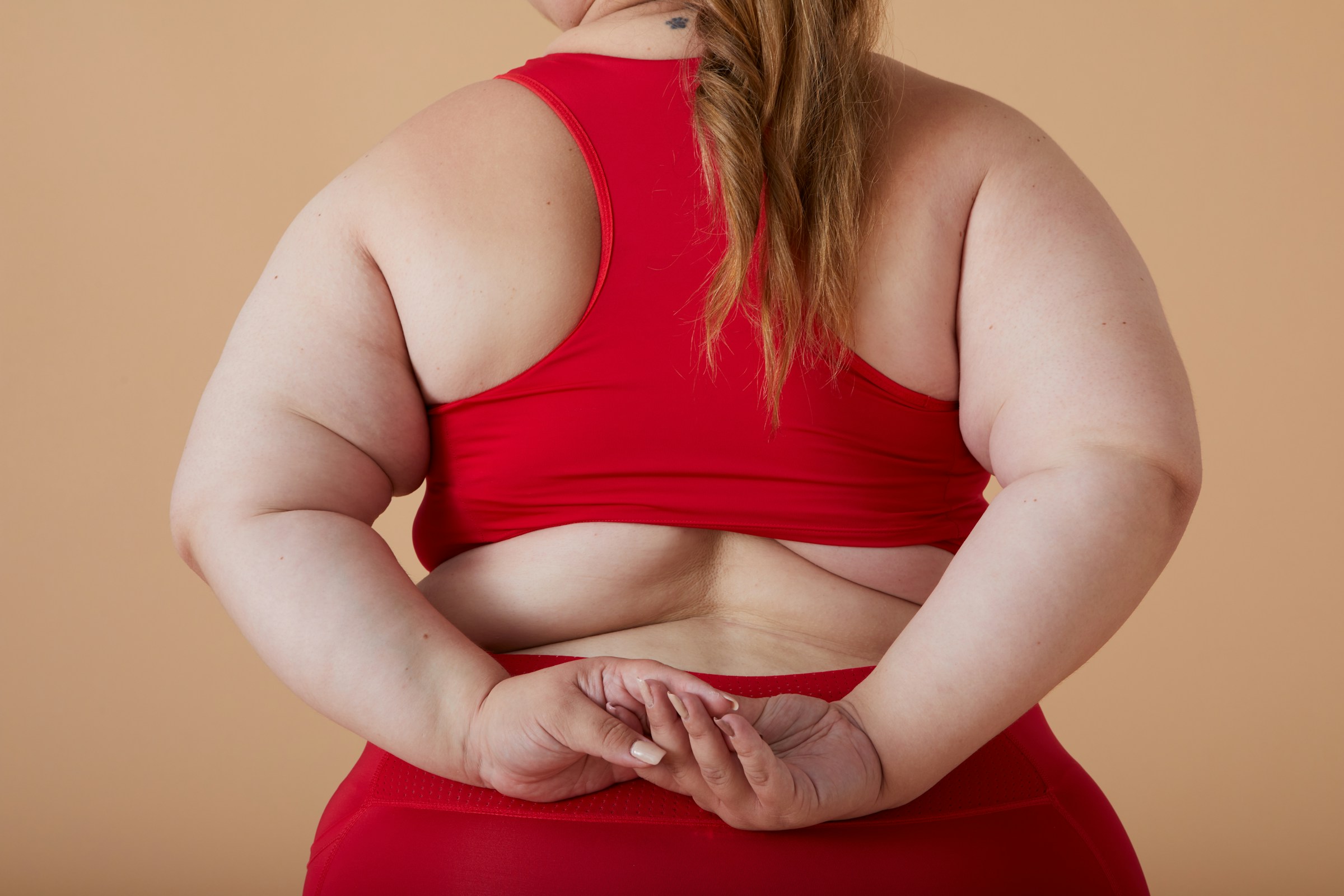In Malaysia, conversations about obesity rarely start in a clinic. They usually start at the dining table, at the mamak stall, or in the office pantry. Food sits at the center of social life. Friends catch up over late night roti canai and teh tarik, colleagues say thanks by sending bubble tea, families show love by insisting you take one more serving, then another, then a bit more so you do not “waste food.” In this setting, weight gain does not appear overnight. It slowly builds through years of habits that are wrapped in warmth, hospitality and routine.
When people ask how to overcome obesity in Malaysia, it is tempting to frame the answer as a simple equation of diet and exercise. Eat less, move more, problem solved. In reality, the picture is far more tangled. Food is not just fuel, it is identity. Saying no to certain dishes, cutting down portion sizes or skipping supper can feel like turning away from culture and connection. That emotional pressure often matters more than any calorie chart.
Health statistics tell a serious story. Many Malaysians live with overweight or obesity, and rates of diabetes, high blood pressure and heart disease are stubbornly high. You see it in the number of people who complain about knee pain in their forties, in the way breathlessness appears after a short climb, in how often someone jokes about being “old already” long before old age. Yet on the surface, life moves as usual. New dessert trends go viral, cafes compete to create the richest drinks, fast food outlets stay busy late into the night. Pleasure is near and convenient. Health consequences feel distant and abstract until something happens.
The structure of Malaysian cities quietly adds to the challenge. Most urban spaces are designed with the car in mind, not the pedestrian. Pavements appear and disappear without warning, crossings feel unsafe, and the heat makes unshaded walks uncomfortable. For many people, the default is simple. Drive to work, sit most of the day, drive home, sit again. Movement becomes something extra that must be planned, like a gym visit or a class, rather than something that happens naturally through errands and commuting. If your budget or schedule does not allow for paid exercise, there are few automatic opportunities to stay active.
Social media layers another influence on top of this landscape. Open TikTok or Instagram and you find endless food content, from street food tours to dramatic cheese pulls and oversized drinks, often filmed in familiar Malaysian settings. Right beside that, another stream appears, dominated by fitness influencers, twelve week challenge videos, macro tracking guides and discussions about weight loss injections. The contrast between indulgence and discipline is striking. For someone struggling with their weight, these extremes can be exhausting. Ordinary, slow progress does not look glamorous, so it often feels invisible.
For many people, the turning point arrives quietly. It might be a routine medical check that shows worrying blood sugar levels. It might be a doctor who warns that blood pressure is becoming dangerous. It might be the shock of seeing a parent or relative admitted to hospital because of complications linked to weight. Sometimes, it is as simple as struggling to keep up with a child at the playground. In these moments, the question shifts from appearance to survival and quality of life. The goal becomes living long enough and well enough to watch children grow up, to travel, to move without constant discomfort.
From there, change often begins with very small, practical steps. A person might decide to reduce sugar in their usual drink, then gradually move to less sweet versions. Someone else might keep enjoying their favorite foods but in smaller portions, or limit certain heavy meals to weekends. Another might set a rule to take the stairs whenever the climb is short, even if it means arriving slightly more out of breath at first. These actions rarely attract attention from others, but they are the real foundation of sustainable weight loss.
Family dynamics play a powerful role in whether these efforts survive. In some households, any attempt to eat differently is met with teasing or criticism. Relatives may insist that dieting is unnecessary, claim that losing weight will cause illness or accuse the person of becoming “too Western.” In other homes, once one member starts changing habits, the rest of the family gradually shifts. Cooking oil is reduced, vegetables take up more space on the plate, sugary drinks stay in the fridge for special occasions instead of daily use. Sometimes, children drive this shift, bringing home information from school or online and encouraging parents and grandparents to try healthier options.
The workplace environment matters too. Many Malaysian offices celebrate hard work through long hours, late meetings and last minute deadlines. When people stay late, food delivery becomes the default solution. Heavy meals, sweet drinks and endless snacks fill the gap left by rest and leisure. In such settings, employees who want to manage their weight often find themselves battling fatigue and convenience more than hunger. Workplaces that intentionally build healthier habits, such as encouraging walking meetings, providing balanced meal options or respecting boundaries around working hours, give their staff a better chance to care for their bodies.
Economic reality cannot be ignored in this discussion. Premium gyms, boutique fitness classes and imported health foods cater largely to middle and upper income groups. A salad in a trendy cafe may cost more than a filling plate of rice, curry and fried sides. For someone juggling long hours and tight budgets, it is difficult to prioritize pricey health choices over cheaper, more satisfying meals. Overcoming obesity in this context requires solutions that work with local ingredients, familiar dishes and realistic time constraints, not just imported wellness trends.
Still, many Malaysians are finding creative ways to adjust within their own means. Local parks, school fields and community spaces become walking tracks in the early morning or late evening. Informal groups organize badminton, futsal or simple aerobics sessions. Home workouts using basic equipment or even just body weight routines spread through messaging apps and social platforms. Recipes circulate that modify traditional dishes by cutting down oil, sugar and salt while keeping flavors people actually enjoy. These changes may seem modest from the outside, but they reflect a growing willingness to experiment with healthier living without abandoning cultural taste.
On the other end of the spectrum, the promise of quick results continues to attract those who feel desperate. Crash diets that eliminate entire food groups, unregulated pills, slimming teas and extreme fasting practices are widely marketed. These methods often lead to short term weight loss followed by fatigue, cravings and eventual regain. Each cycle can damage both physical health and self confidence, reinforcing the belief that long term change is impossible. Part of overcoming obesity in Malaysia involves learning to mistrust miracle solutions and accept that slow progress is more realistic and kinder to the body.
Discussions about body image add another layer of complexity. Body positivity messages challenge the idea that only thin bodies deserve love, respect or visibility. This is important in a society where weight based teasing is still common, even among close family members. At the same time, when someone faces serious health risks linked to obesity, it can be confusing to reconcile self acceptance with the need for lifestyle change. The goal is not to replace shame with denial, but to approach change from a place of care rather than self hatred.
In truth, obesity in Malaysia is not just a personal issue, it is a collective pattern. It reflects how cities are designed, how food is priced, how work is organized, how celebrations are structured and how people cope with stress. Overcoming it requires effort at many levels. Governments and schools can influence food policies and physical education. City planners can create safer, more walkable public spaces. Healthcare professionals can speak about weight in supportive, non judgmental ways. Media can highlight realistic stories of change instead of only dramatic transformations.
Yet even as these larger forces shift slowly, everyday life continues. The most meaningful changes often show up in small moments that do not look impressive. A group of friends who once ordered extra sugary drinks now casually choose less sweet versions. A parent and child start a simple routine of walking around the neighborhood after dinner. A cousin brings fruit to a gathering instead of another box of rich dessert. A manager insists on finishing meetings on time so that staff can eat proper meals at home. Each choice is ordinary on its own, but together they begin to reshape the norms that feed obesity.
In the end, figuring out how to overcome obesity in Malaysia does not require rejecting local food or culture. It asks for a new balance between enjoyment and care. Nasi lemak, char kuey teow, curry laksa and kuih can still belong in the story, just not in unlimited portions every day. Movement does not have to mean expensive gyms. It can mean climbing stairs, walking to nearby shops, dancing in a living room, playing games in a park. Progress may not be dramatic or linear, but it can be real.
Perhaps the most hopeful sign lies in the way conversations are slowly changing. People talk more openly about sleep, stress, blood test results and long term health, not only about weight or clothing size. Friends encourage each other to schedule check ups, to rest, to drink water, to take small breaks from screens. These are early steps, but they point toward a future where taking care of the body is not a punishment or a vanity project, but a normal, shared priority. In that future, overcoming obesity in Malaysia becomes less about fighting against culture and more about gently rewriting it from within.













